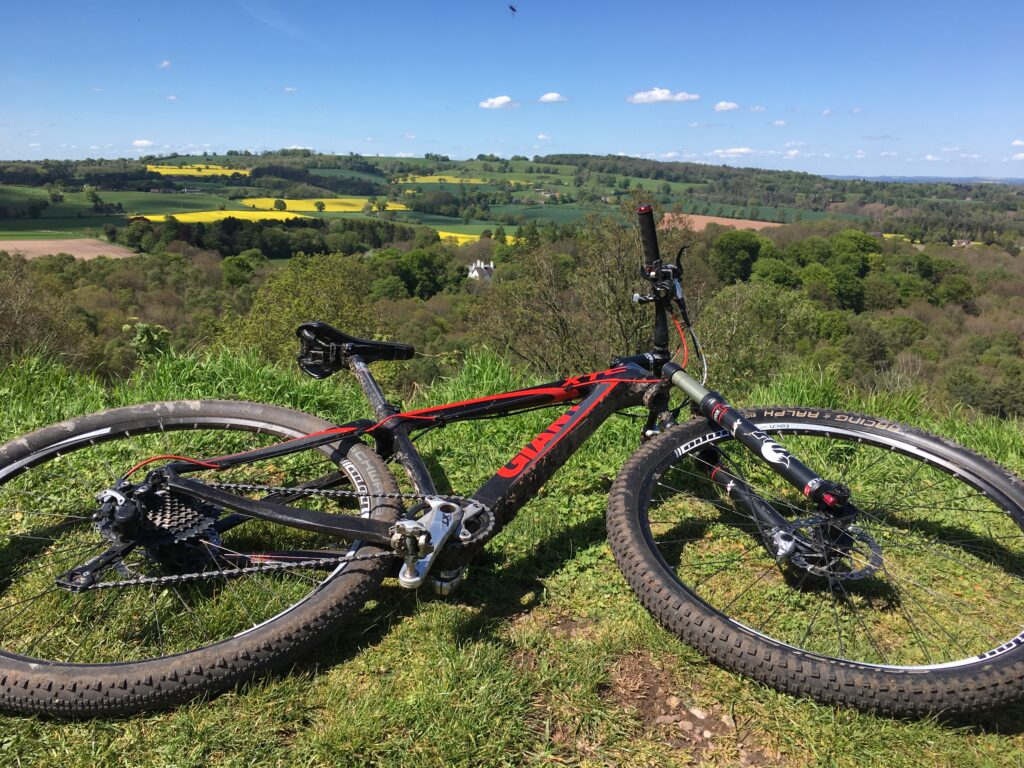Repurposing our industrial heritage for sustainable commuting: A post-ride report
As the world looks to Glasgow for the COP26 conference on climate change, we’ll be discussing some of the changes our industry needs to make and reflecting on the COP debate on the AECOM Blog. Join the discussion on social media by following us on Twitter and LinkedIn. Find more information in our special COP26 edition of our “Future of Infrastructure” report: https://infrastructure.aecom.com
Here we are in Glasgow at the end of the Ride the Change mission. Wow, what a trip for a great cause!
Along the route to COP26, we encountered several logistical challenges. On my part, that included how to get to the start point some 40 miles away with a bike, and endless deliberations over how many energy bars, recovery drinks and inner tubes I needed to pack. Not to mention how many pairs of nice dry socks I would need.
The bike ride was organized with the intention of raising public awareness for climate action and inspiring others to make green-friendly changes to their lives. So, what did I learn?

The bicycle is a wonderful invention and many of us at AECOM are lucky enough to be able to work in offices with great facilities for cyclists. Cycle lock up areas, showers and lockers remove many of the barriers that prevent daily use of the bicycle as a functional means of transport to and from the office.
My daily commute is around 15 miles. If I travel it by car, this trip often takes over an hour. On a bike, the journey length is comparable, even including the time it takes to change out of my cycling gear, but the experience is much more enjoyable.
On the ride we used large sections of the National Cycle Network. That’s brilliant for sports or leisure cycling, but to really step up and make cycle-commuting a way of life for more of us in the UK, we need to look at the way we design the infrastructure better. As engineers, we are ideally placed to lead those conversations.
I’m fortunate that much of my commute is on vehicle-free canal towpaths. With many of the UK’s towpaths now well maintained and suitable for bike use, it’s easy to forget about how these picturesque, often hidden urban green areas came to be.
This is what I was thinking about as we rolled from the point where I joined the London-Glasgow route in Stoke on Trent. The route took us through the post-industrial revolution landscape of the North Midlands, past the former Chatterley Whitfield Colliery and further north, all the time passing along the canals built by our great ancestor builders who dug deep into the earth to make safe (if somewhat slow) passage for earthenware goods. It felt like our industrial legacy was writ across the landscape like a book waiting to be picked up and used once again.
In addition to repurposing the towpaths, there is much value in the structures built by our ancestors. Approximately 30 percent of the UK’s buildings sit above former coal mines, which have since flooded with water. This naturally warm water could in the future be used to heat people’s homes, helping the UK reach its carbon reduction goals. Brownfield sites could also be key to a sustainable future that doesn’t require the use of greenfield locations.
Over the past few days, I’ve had some really interesting conversations regarding the way in which we can all contribute towards a sustainable future and once I get home, I’ll be thinking about how to incorporate some of these great ideas into my daily life – and into the delivery of the great projects we have at AECOM. But first, I’m looking forward to a long hot soak of my weary legs!
PS: It’s not too late to make your own personal contribution to tackling the climate crisis by pledging your support to our team of cyclists.






